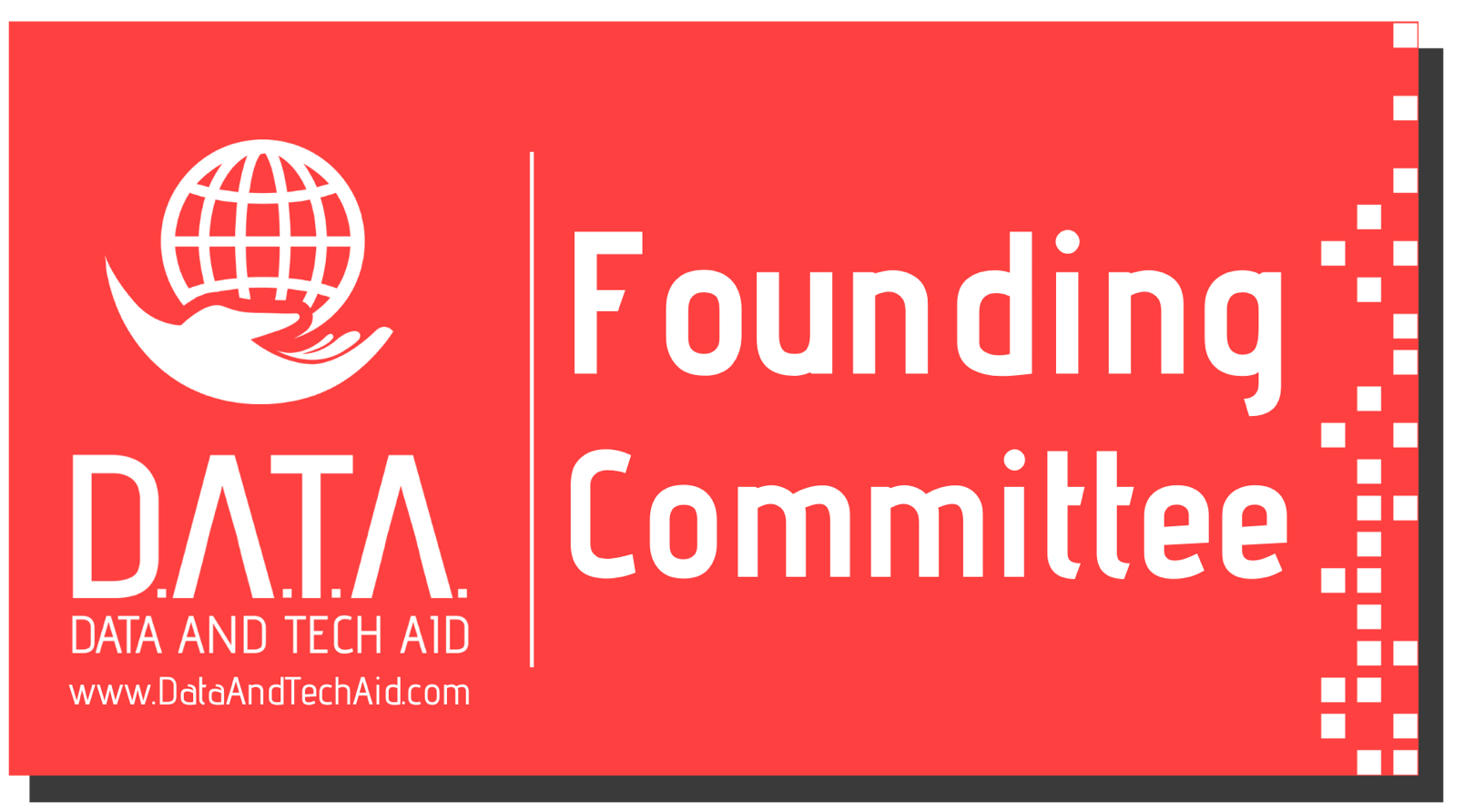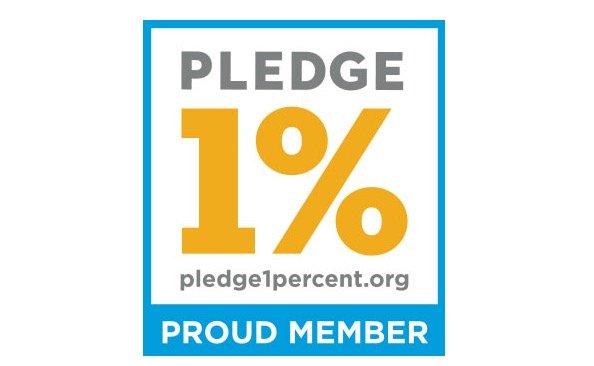The Communication Perspective
/Good communications have always been vital for successful Data Governance, but with most of us working from home, communicating our message well has never been more important. Justin York often supports me with my clients and I am so pleased that he agreed to share some advice on good communication:
We live in uncertain times where most of us have to adjust to navigating the online world of business. For this reason, clear communication is even more important in everything we do, particularly where businesses are trying to keep functioning with the majority of their staff working from home. While there is excellent technology available for professionals, which enables them to conduct operations and maintain communication, this may come with reduced effectiveness.
In these circumstances, it becomes even more important for the messages sent to your colleagues to be clear and unambiguous. This can be a real challenge, particularly if the technology you have doesn’t allow for the use of camera. You should not assume that your audience has any prior knowledge of the subject area you are trying to convey, as this may lead them to misinterpret it according to their own personal experience. Therefore, providing sufficient context in any messages sent will help to assure more effective communication.
Even outside of these challenging times, communication around subjects such as data governance can prove difficult, as some find quite dry and uninteresting. The issues around individual perspective and context are still relevant. I have worked in several large to multi-national companies, delivering change around data governance, where many individuals seemed hesitant to engage in this process. This is predominantly because they had their own viewpoint on what it will mean; often influenced by rumour (the opinion of others on the topic) or by personal experience in other organisations.
In addition to the need for senior leadership buy-in in data governance, which as we all know is key to success, we also need to engage other people in the organisation to do the things we need them to do. The key is engaging them from their own point of view (or perspective) and providing essential context to them around what we expect of them. Specifically, this can be achieved by:
§ A clear introduction the topic aligned to their business area.
· Giving examples of the consequences of not following the initiative suggested and, as we like to say, present them with their own ‘data horror stories’.
· Providing sufficient context to allow for an accurate interpretation of what is expected; detail such as ‘we don’t want you to get your hands dirty’ or perhaps ‘this is a leadership / decision maker role’ can engage senior leaders
· Expecting both negative and positive feedback. Although we may prefer the latter, if we get a lot of the former then we haven’t quite gotten down to the actual pressing issue, which prevents them from stepping forward and making progress.
The message is everything. Without a clear, concise, unambiguous message then there will always be a degree of difference in how its received. The reality is that we always apply our own perspective to any message we receive, and that can colour our judgement of what has been said.
When on the receiving end of messages, I always feel it best to stop for a couple of seconds and just consider what was said, who said it and try and put myself in their shoes to get a better idea of the direction that is required.
Also, when receiving messages, we may adopt a particular ‘lens’, which will colour our view of what we are reading, for example:
· We might treat the words as facts and accept them as such; if we do this, we tend to have no emotional attachment to them and thus we process them as they are said and we wait for the next instructions.
· We perceive them as a personal attack; we might receive words that are directed at an audience to varying degrees as only meant for us. That can feel like a stinging assault on our emotions and we might react to those words with disbelief, though we might, after consideration, accept them as true.
· We might treat the words in a cavalier manner e.g. well that’s not directed at me and thus the response might be ‘so what’.
When people receive communications, it is essential that we the communicator can gauge their reaction. Obviously this is much easier when the communication happens face-to-face. I personally have found that, in terms of data governance, there are three main responses:
§ “I fully understand and I’m onboard, let’s get on with it!”
· “I’m far too busy to be engaged in this task, but I am happy to delegate it to a junior member in my team?”
· “That’s nothing to do with me, it’s a problem for IT, I don’t own any data!”
I’m quite sure that many of you will also have experiences the same or similar responses!
The reality is that it falls to us to make clear what we are talking about, what we are trying to achieve and, most importantly, what’s in it for them; after all, who wouldn’t want quicker response times, with more accurate data!?
So in the troubled times we are living in, we need to be even more cognisant about the communications that we send, whether that’s work related or personal. Over distance and without direct interaction, perspective will come to the fore and who knows what a message might turn into.
You can find out more about Justin here.








